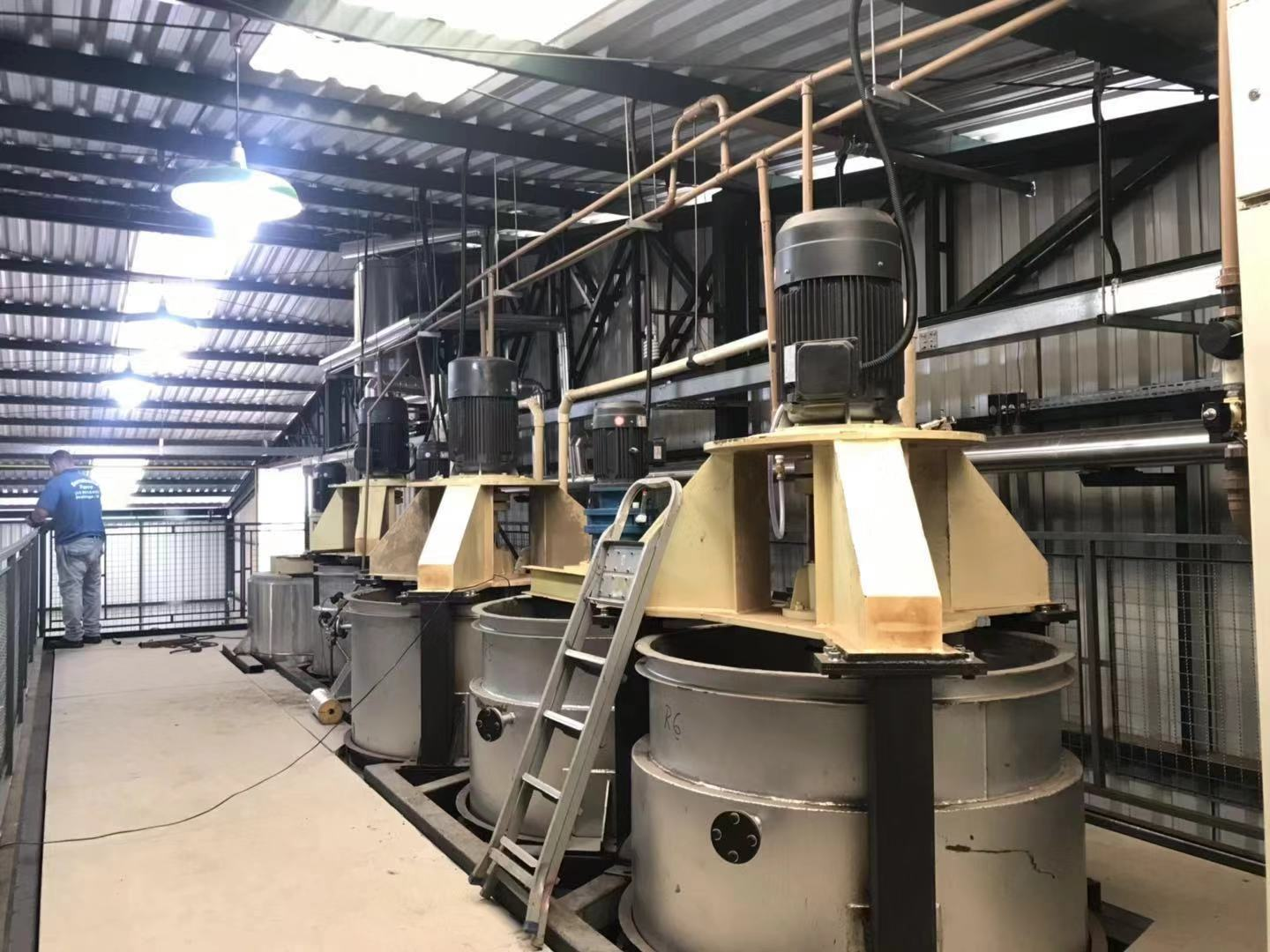Font Size:
The color development performance of thermal paper finished products is observed to decline when using mechanical pulp thermal raw paper. This decline is fundamentally attributed to the chemical reaction between lignin in the mechanical pulp and the thermal paper color developer agent under conditions of high temperature and humidity. This reaction results in the destruction of the original color system of thermal paper.

In the market, it has been noted that the color rendering performance of many thermal papers rapidly diminishes or even loses its effectiveness. Interestingly, these problematic thermal papers exhibit normal color rendering performance when initially produced. The degradation of pattern and color occurs gradually over time during circulation or warehousing, as illustrated in Figure 1 depicting the faded color rendering phenomenon of thermal paper.
Qingdao JIERUIXIN Machinery and Technology Co., Ltd. offers three-proof thermal paper (waterproof, oil-proof, and alcohol-proof) with a service life exceeding 5 years and extended image retention time.
Application of carboxymethylcellulose as papermaking additive in paper production
Analysis and improvement of advantages and disadvantages of curtain coating
Carbonless paper coating chemicals components
2024-01-24The Impact of Stiffness and Density on the Quality of Coated Paper
2024-01-24Quality index of coated base paper
2024-01-24Explore the development of the thermal paper market since 2023: Trends, challenges and opportunities
2024-01-24Unveiling the Divergence: Boiler vs Steam Generator in Paper Drying
2024-01-24What is the thermal paper coating machine line?
2024-01-24Why does the thermal paper coating machine request calender?
2024-01-24Carbonless paper coating chemicals components
2024-01-24The Impact of Stiffness and Density on the Quality of Coated Paper
2024-01-24Quality index of coated base paper
2024-01-24